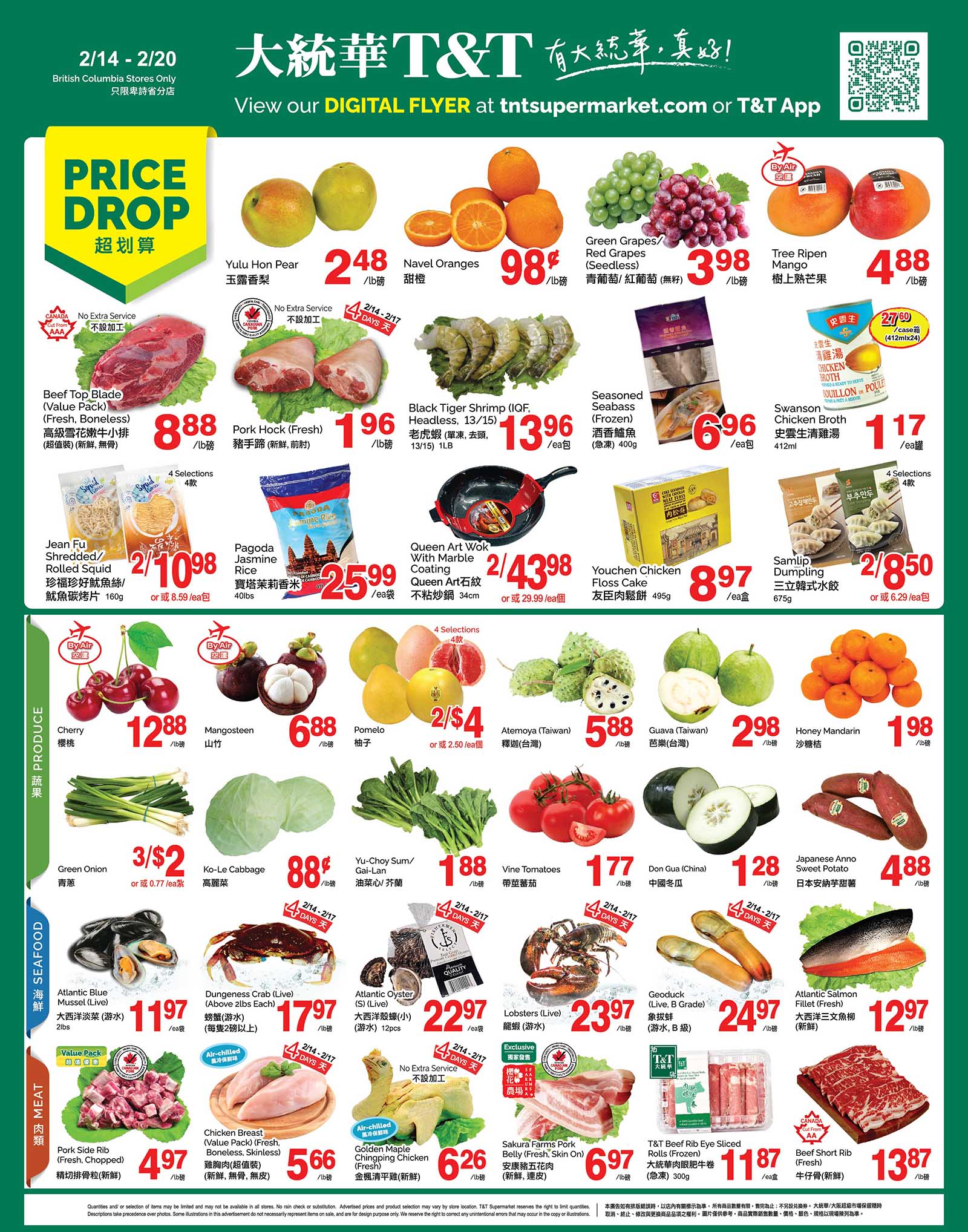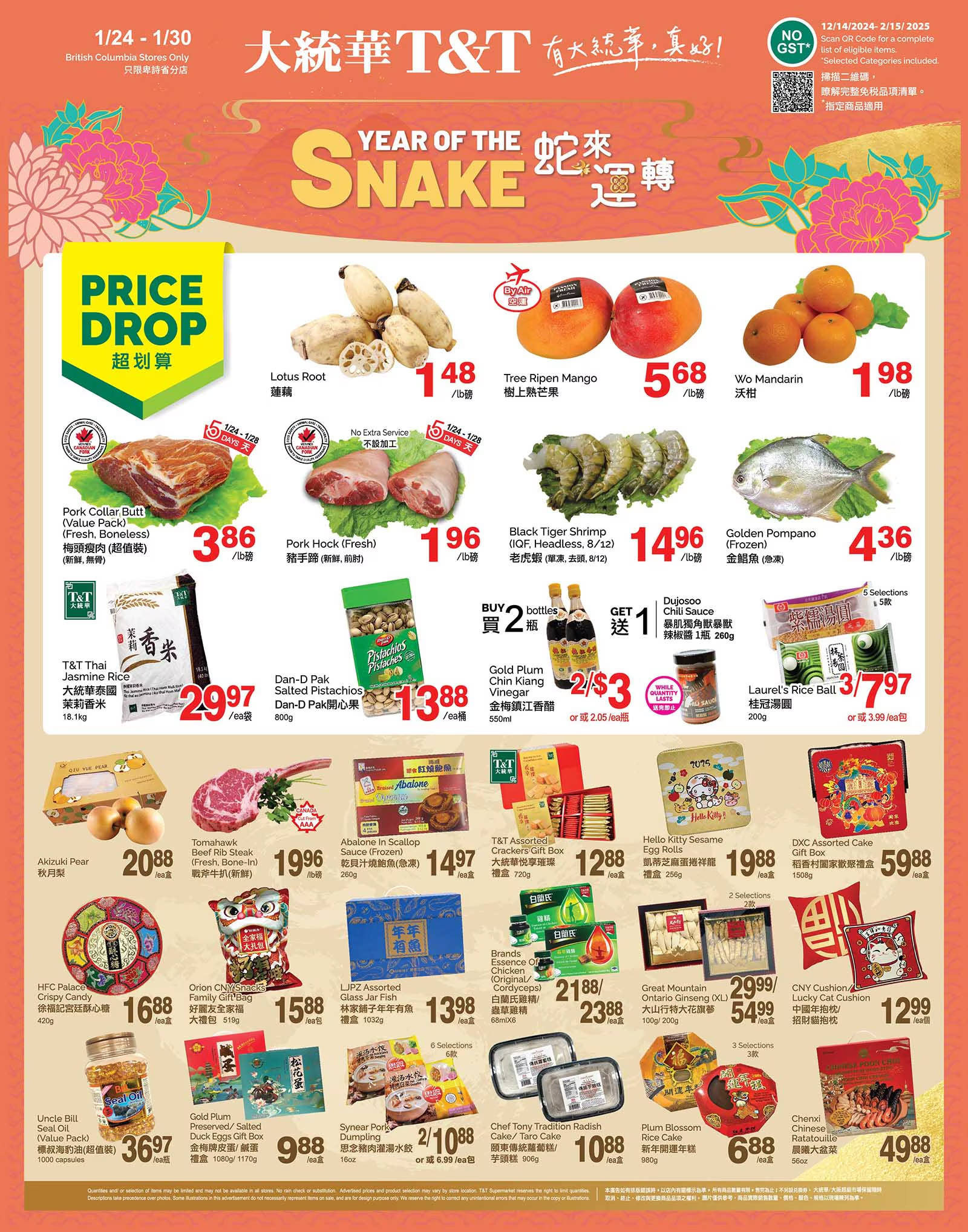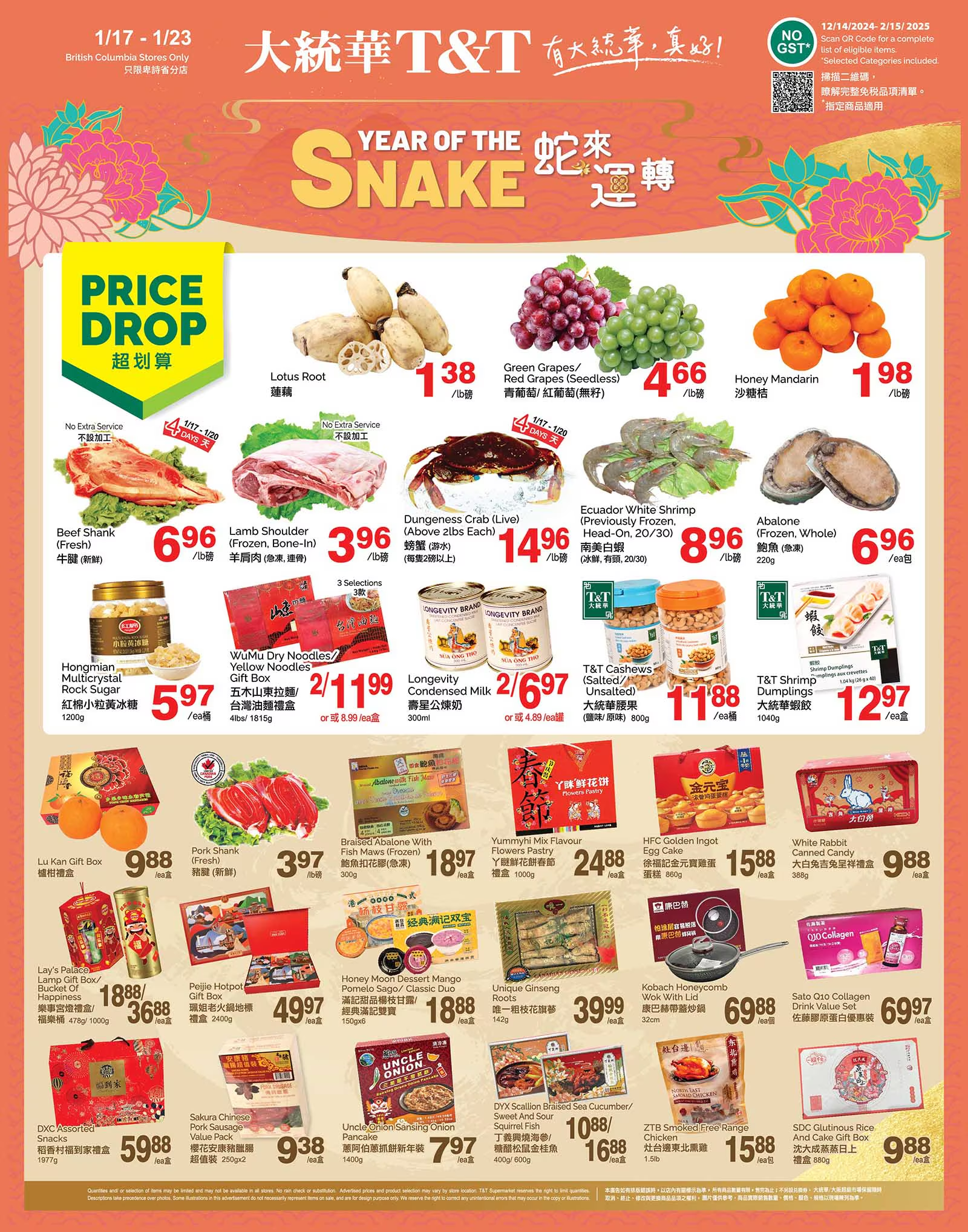2/14-2/20





Follow these tips to ensure you pick the best one:
Proper storage can help you make the most of your cauliflower, whether you plan to use it immediately or save it for later. Here’s how to store it:
Cauliflower is a nutrient powerhouse that can fit into a variety of diets, from low-carb to vegan. It’s rich in vitamins C and K, fiber, and antioxidants, making it an excellent choice for supporting immune health, digestion, and overall wellness. Additionally, it’s incredibly versatile and can be used as a substitute for rice, mashed potatoes, or even pizza crust.
Looking for ways to use your cauliflower? Here are some ideas:
Did you know that cauliflower comes in a variety of colors? While white is the most common, you can also find green, purple, and orange varieties. These colorful options not only look stunning but also offer slightly different flavors and additional nutrients.
When buying pears, it’s essential to pick the best quality to ensure great taste and texture. Follow these tips to choose the perfect pear:
Pears continue to ripen after they are picked, so proper storage is crucial to extend their freshness. Here’s how you can store pears effectively:
When selecting pork belly, knowing which part to pick is essential to ensure you get the most delicious and tender cut for your cooking needs. Pork belly comes from the lower chest and abdomen of a pig, which includes the ribs and belly. Here’s everything you need to know to choose the perfect piece.

One of the best tips for choosing pork belly is to look for pieces with cartilage. This part is connected to the ribs and usually provides a better balance of fat and meat. The rib section, where cartilage is found, is highly prized for its tender texture and the way it melts in your mouth when cooked. This area also tends to cook evenly, making it ideal for grilling, roasting, or slow cooking.
If you purchase pork belly and notice cartilage attached, consider it a sign of good quality. The presence of cartilage usually means the pork belly is fresh and cut from the rib section. This part is not only flavorful but also versatile for various recipes. Whether you’re making crispy pork belly, braised dishes, or barbecue, the rib section will often yield the best results.
The portion without cartilage comes from the belly. While some people prefer this section because they don’t enjoy the texture of cartilage, it’s worth noting that the lower belly can be tougher. This is because the meat and fat layers are more separated, which may result in a less tender texture when cooked. If you like leaner cuts, the belly section might be your choice, but be prepared to adjust your cooking method to maintain tenderness.
Pork belly is a popular ingredient worldwide, used in dishes like Korean samgyeopsal, Chinese roasted pork (siu yuk), and Western-style pork belly roasts. The texture and flavor of your dish can vary greatly depending on the part you choose. Cuts with cartilage add a delightful chewiness and ensure your dish is juicy and flavorful.
When buying pork belly, keep in mind that the section with cartilage—near the ribs—is often the best choice for a tender and flavorful meal. If you prefer leaner meat, the belly without cartilage can also work, but you may need to use different cooking techniques. Always prioritize fresh, high-quality pork belly for the best results in your dishes.

If you're a fan of fresh, flavorful veggies, you'll love this deal I found at T&T! I picked up a beautiful napa cabbage for just 88 cents per pound. It’s hard to find prices this low, especially for high-quality produce, so I couldn’t resist grabbing one. The total came to around $3, and the cabbage was quite large—compare it to the knife in the picture for a sense of the size.
This week, I stumbled upon a great deal at T&T Supermarket, fresh Korean mandarins on sale. Curious to try them, I picked up four mandarins for just $1.40. Here’s why these juicy fruits have now become one of my favorite snacks!